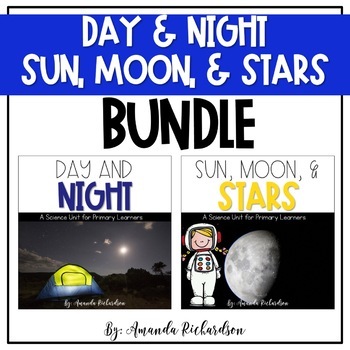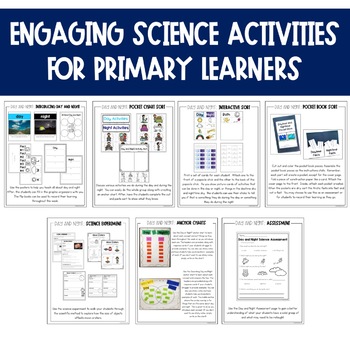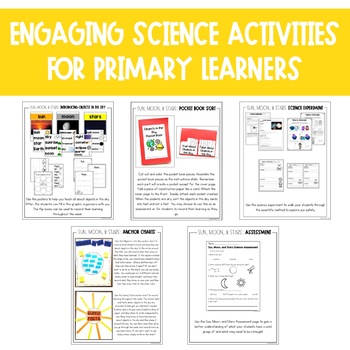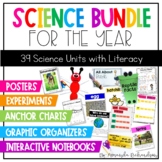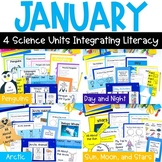Sun, Moon, and Stars & Day and Night BUNDLE
- Zip
What educators are saying
Products in this Bundle (2)
Also included in
- Are you looking for engaging, easy to implement, hands-on first grade science units for your learners? Do you struggle to fit in science every day? This science bundle is perfect for your 1st grade science classroom. Each unit is aligned to 1st grade TEKS and you can be sure to cover every standardPrice $182.00Original Price $361.75Save $179.75
- Do you struggle to fit science in every day? This product was created with YOU in mind! It has everything you need to integrate science into your day and fill your science time! A curriculum map is included to help you easily plan your month of science (science unit, anchor charts, experiments, andPrice $18.00Original Price $32.25Save $14.25
Description
This Sun, Moon, and Stars unit has an experiment, hands-on activities, interactive activities, and more for teaching about objects in the sky as well as day and night. It easily integrates literacy and has shared reading, interactive read-aloud suggestions, and writing activities! It's great for students to explore space!
Save BIG with Science for January!
Inside you will find:
-Unit Teaching Plans p. 3-4 (2 weeks of plans: Week 1- Day and Night, Week 2- Objects in the Sky)
-Space Vocabulary Cards p.5-9
-Day and Night Posters p.10-11
-Day and Night Graphic Organizers p.12-17
-Exploring Day and Night Activities p.18
-Nighttime Sky Drawing and List p.19
-Daytime Sky Drawing and List p. 20
-Day and Night Pattern Making p. 21-22
-Day and Night Picture Sort p. 23-24
-Sunrise to Sunset Cycle p. 25
-Day and Night Interactive Lesson p.26-30
-Objects in the Sky Posters p. 31-33
-Sun, Moon, and Stars Graphic Organizers p.34-40
-Exploring Objects in the Sky p. 41
-Daytime Sky and Nighttime Sky Venn Diagram p. 42
-Objects in the Sky Flip Book p. 43-44
-Moon Facts Book p.45-49
-Moon Observation Log p. 50
-Constellation Creation Activity p. 51- 53
-All About the Sun Craftivity p. 54-56
-Why Do We Need the Sun? Writing p. 57
-My Trip to Outer Space Interactive Book p. 58-65
If you have any questions, please ask me before you purchase. I want to make sure you are getting exactly what you need for your students! Thank you!
Happy Exploring!
Amanda Richardson
DJ Inkers License #1113193917

